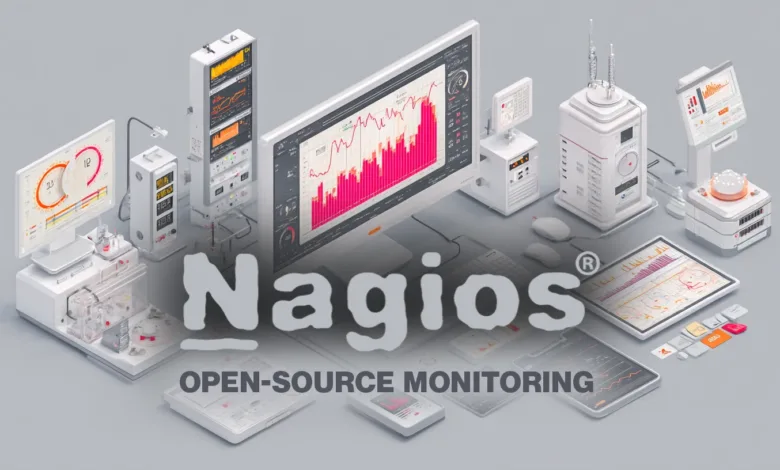Nagios: The Ultimate Open-Source Monitoring Solution

▼ Summary
– Nagios is an open-source monitoring solution providing end-to-end IT infrastructure visibility, covering services, devices, and systems.
– It monitors network services like SMTP and HTTP, as well as host resources including processor load and disk usage.
– Users can extend monitoring capabilities through a plugin interface and define host hierarchies to distinguish between actual outages and upstream unreachability.
– The system notifies administrators of issues via email or other channels and includes event handlers, log management, and an optional web interface for status overviews.
– Nagios is available for free on GitHub in pre-compiled virtual machine format or as source code for developers.
For IT teams seeking comprehensive oversight of their digital environment, Nagios stands as a premier open-source monitoring solution. Integrated within the powerful Nagios Core Services Platform, it grants complete visibility across your entire technological landscape. This includes monitoring for websites, DNS services, servers, networking hardware like routers and switches, individual workstations, and vital application services. The platform empowers organizations to identify potential problems before they escalate, significantly reduce system unavailability, and guarantee the consistent reliability of their operational infrastructure.
The capabilities of Nagios Core are extensive and meticulously designed to maintain seamless network and system performance. It actively monitors a wide array of network protocols and services, including SMTP, POP3, HTTP, and PING. Beyond network services, it diligently tracks host-level resources, providing crucial data on metrics such as current processor load and available disk space. This dual-layer monitoring ensures that no critical component is overlooked.
A defining characteristic of Nagios is its highly adaptable plugin architecture. This interface allows users to significantly expand the system’s native monitoring functions by integrating custom-developed scripts and methods. These can be precisely tailored to meet the unique demands of any specific operational environment. Another powerful feature is the ability to establish a logical host hierarchy. By designating “parent” hosts, the system can intelligently discern whether a device has genuinely failed or if it is merely inaccessible because of a problem with an upstream network connection.
When the system identifies an issue, it promptly alerts designated administrators through multiple channels. Notifications can be sent via email, text message, or other user-configured methods to ensure the right people are informed without delay. The platform also supports the use of event handlers, which can trigger automated responses to common problems, facilitating a proactive resolution process. To maintain optimal performance and historical records, log files are automatically rotated and archived. An optional, intuitive web interface offers a centralized dashboard for a quick overview of current network status, active alerts, a history of past incidents, and access to those archived logs for deeper analysis.
Nagios is freely available for download from its GitHub repository. It is distributed as a component of the Nagios CSP package in two primary formats to suit different user preferences and technical requirements. One option is a pre-configured virtual machine that comes with essential plugins and critical add-ons already installed and ready for immediate use. The alternative is the source code distribution, which is ideal for open-source advocates and developers who wish to have complete control over the compilation and installation process.
Staying current with the latest developments in open-source security tools is essential. Consider subscribing to an ad-free monthly cybersecurity newsletter to receive curated insights and updates directly. A simple subscription process can keep you well-informed on the tools that matter.
(Source: HelpNet Security)




